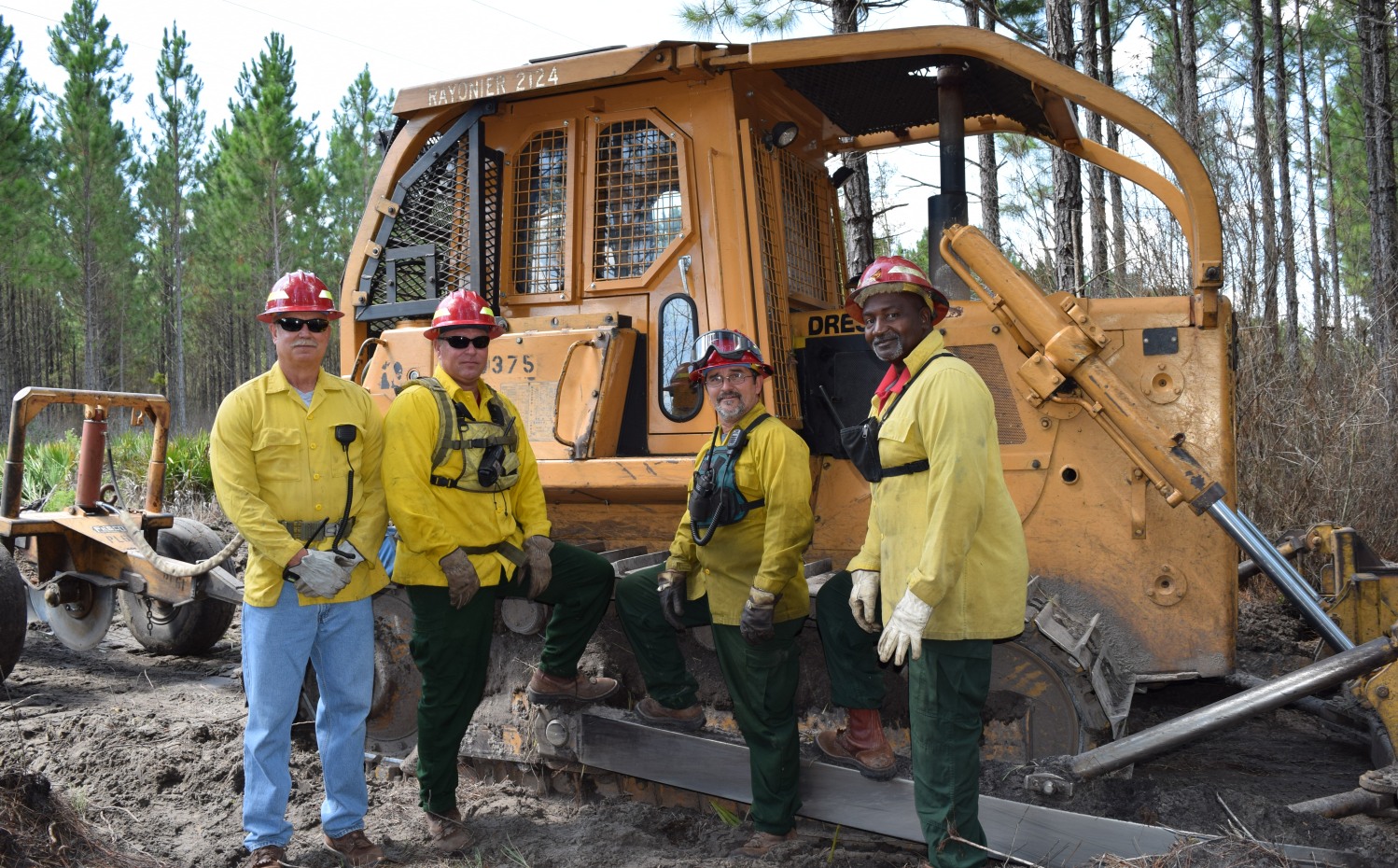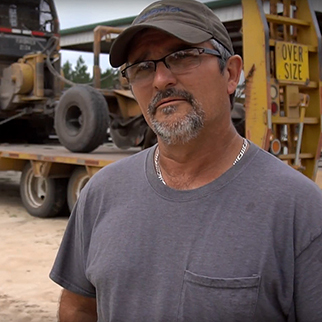Explore Green Jobs
Forestry Firefighter
The Forestry Firefighter is someone who helps prevent, control, and suppress fires within the working forest.
This job involves providing fire education organization-wide, maintaining fire fighting equipment, fighting fires, and assessing fire damage. Preventing fire through prescribed burns, plowing fire lines and other measures is also an important part of this role.
This position may also be referred to as forest ranger, forest fire warden, forest ranger technician, and wildland firefighter. Wildfire firefighting training is also often part of a traditional forester's training.



